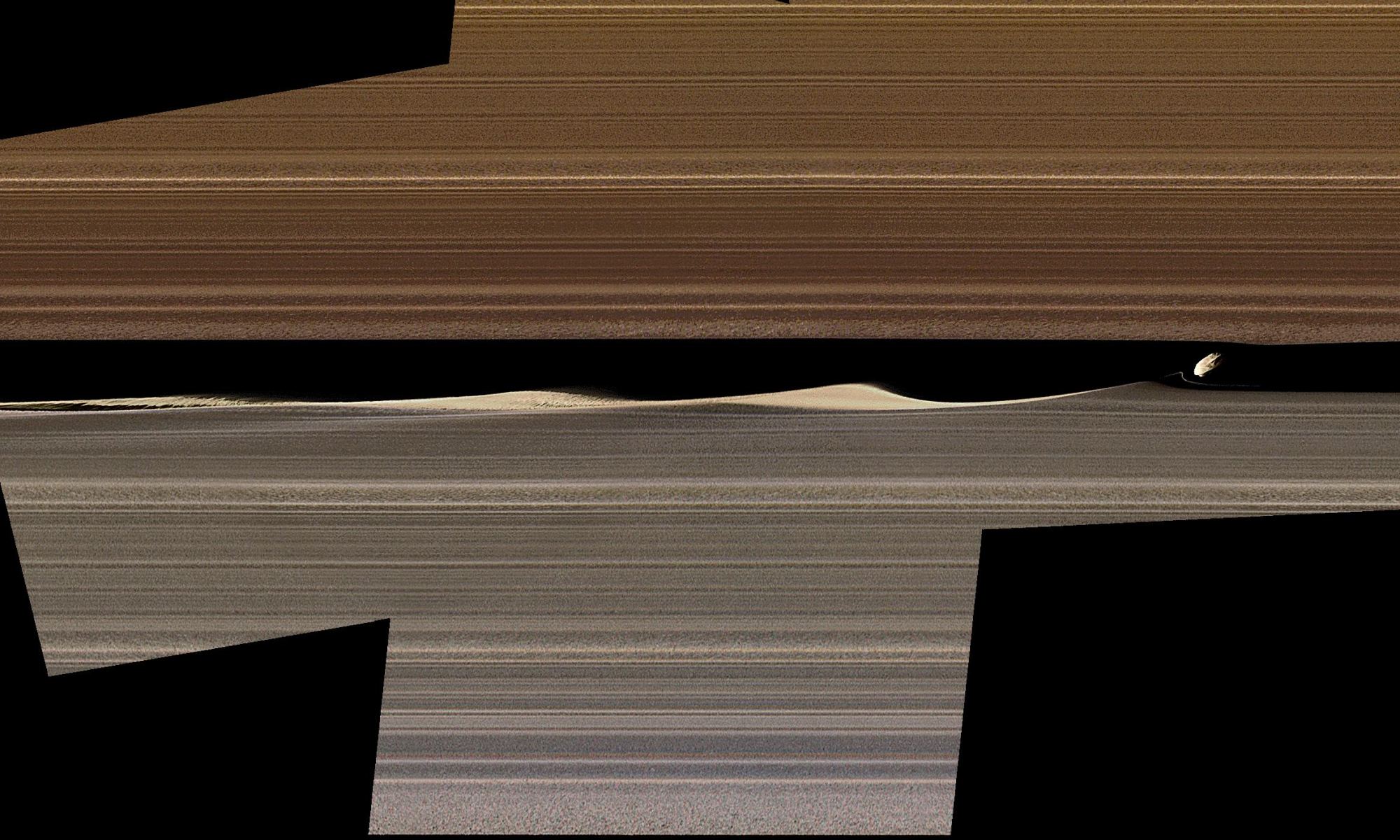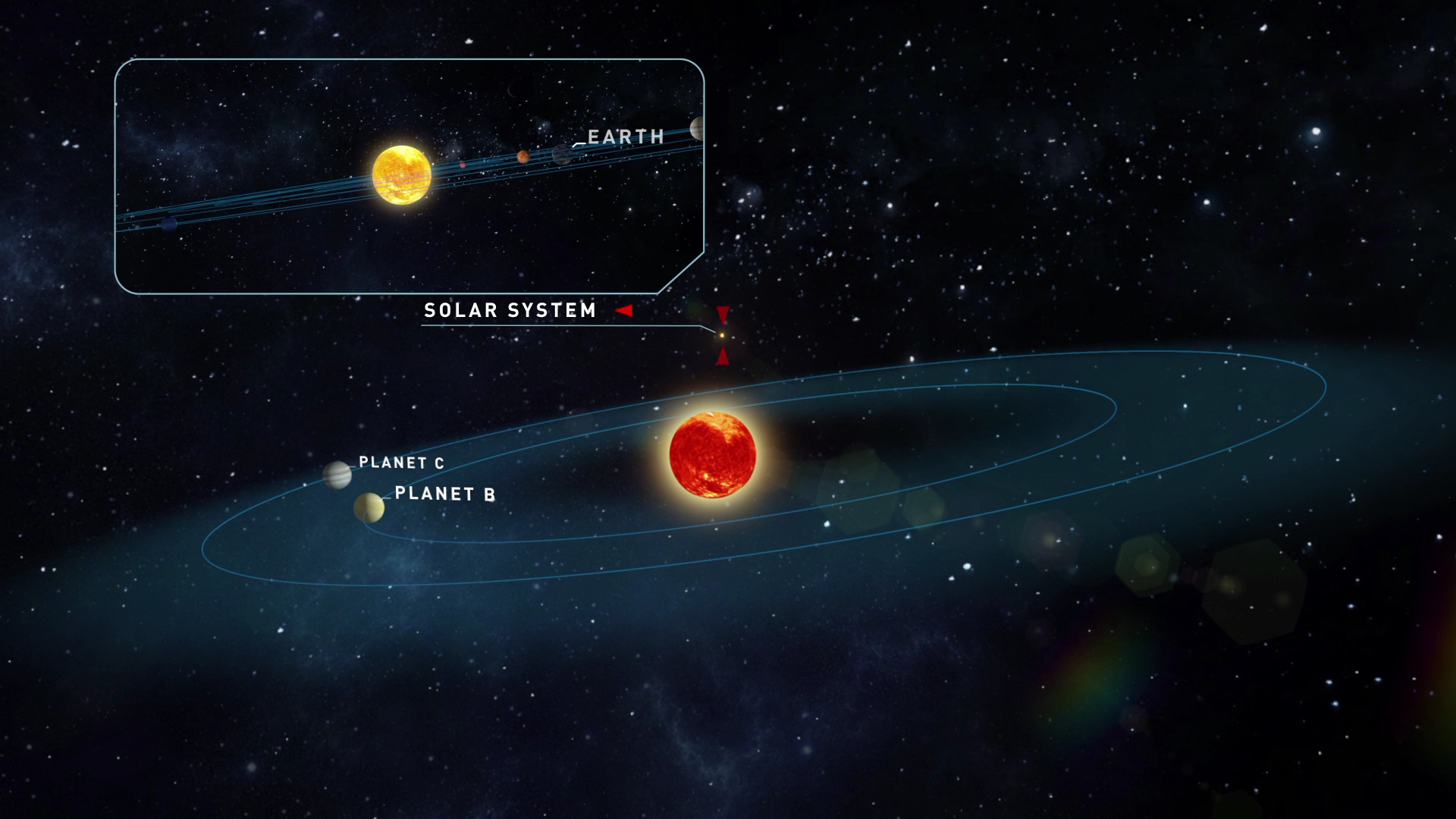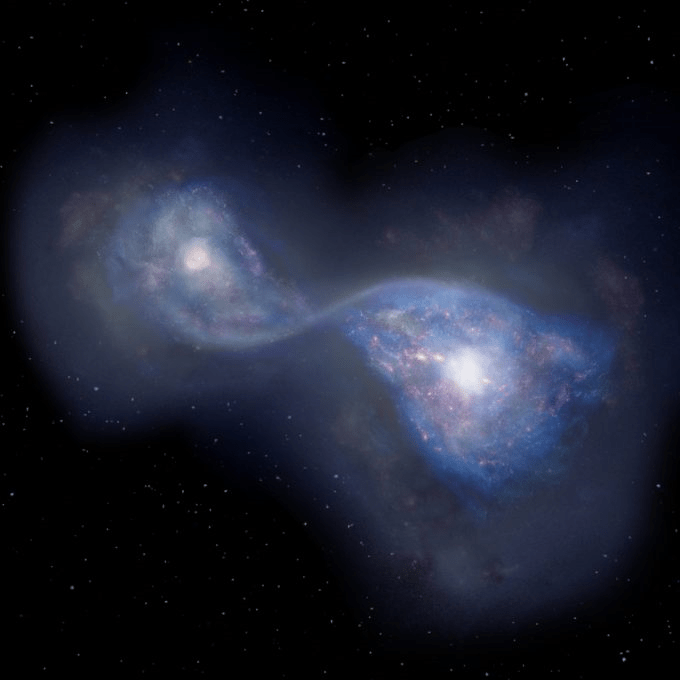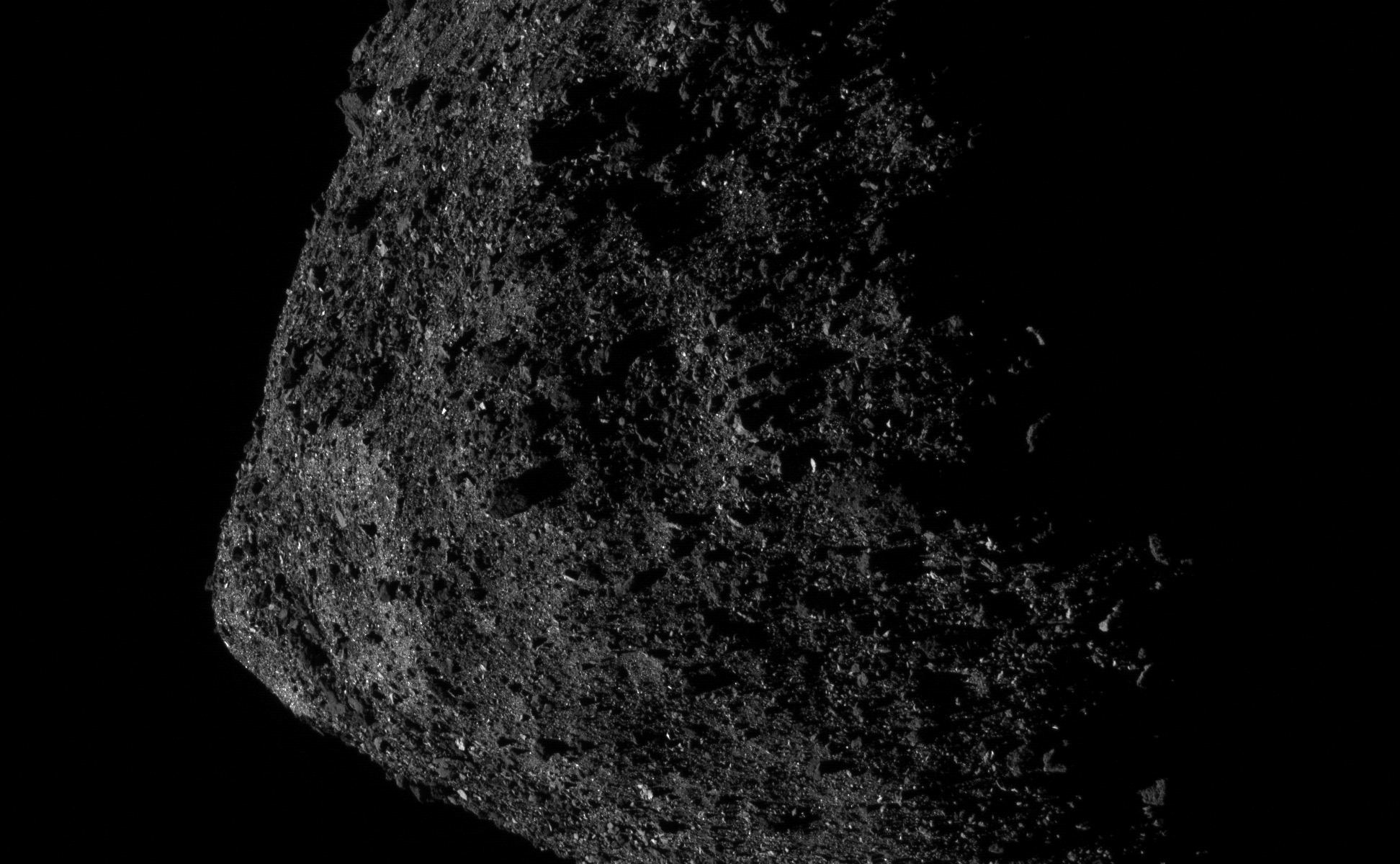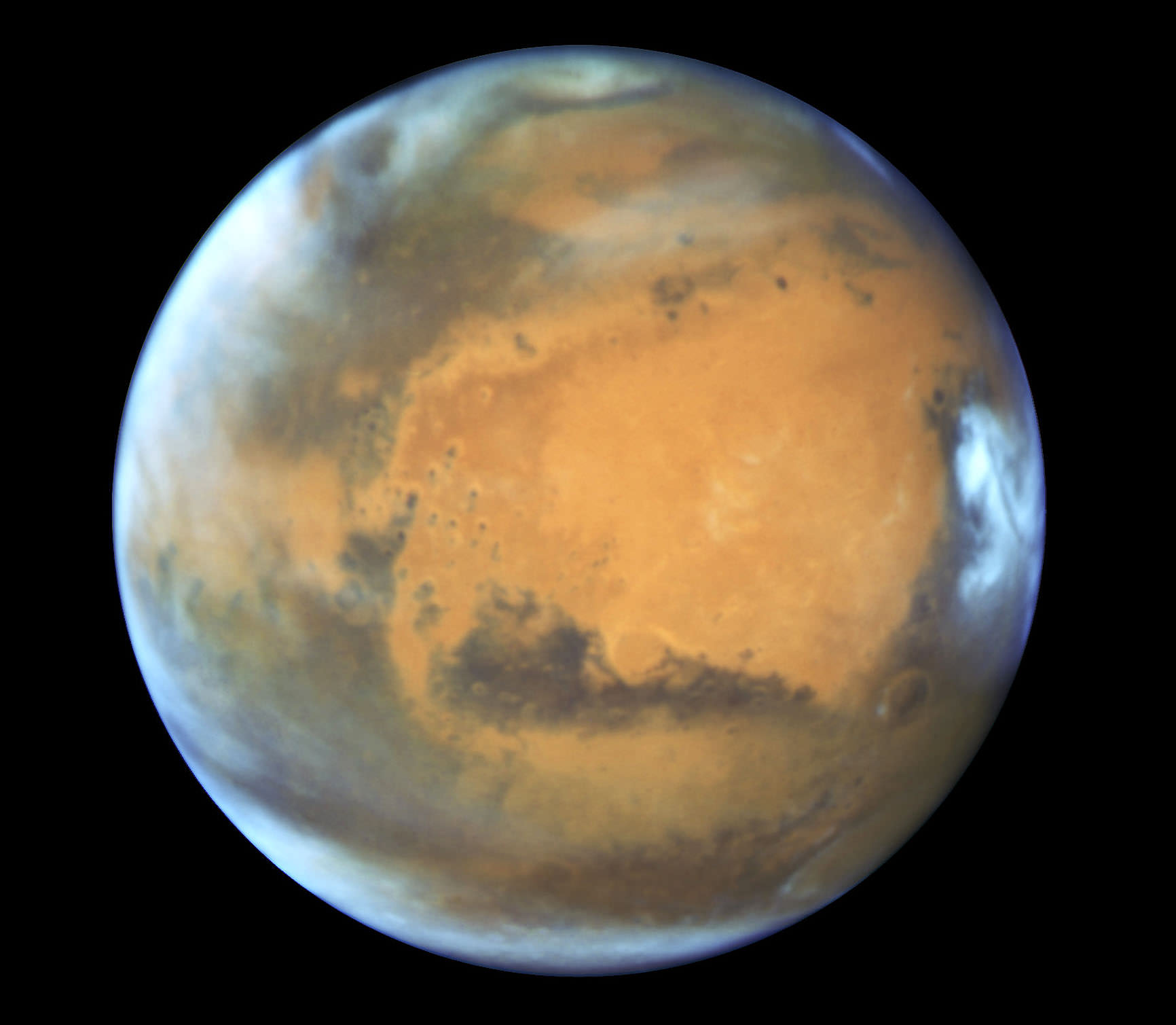The Cassini mission to Saturn ended a year and a half ago, but scientific results are still coming from all of the data it collected. When Cassini moved in closer to Saturn in its final months, it took a very detailed look at the gas giant’s rings, travelling between them and the planet itself. That detailed inspection raised quite a few questions about all the interactions shaping those rings.
A new paper published in Science presents some of the results from Cassini’s close-up look at the rings.
Continue reading “Stunning Image Shows How Saturn’s Tiny Moon Sculpts the Planet’s Rings”
